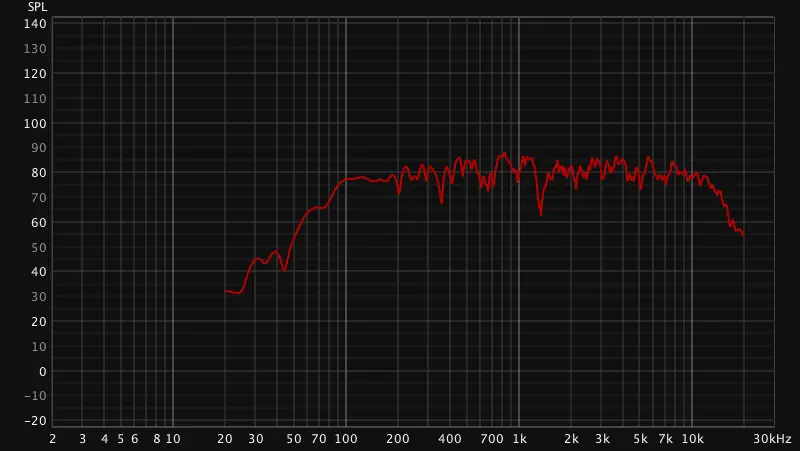In the world of mixing, your monitors can make or break how well your tracks translate across different sound systems.
After years of relying on my Kali LP6 monitors and trusty Sennheiser HD650 headphones, I felt like something was still missing. Despite my setup, I kept having to check my mixes in the car and other systems to really nail down the sound.
So, I started the search for an alternative—and stumbled upon an unexpected solution that didn’t break the bank
You’ve probably heard of using small, single-driver speakers like the Auratones or Avantones for reference. While I was intrigued, I couldn’t justify the price for what they offered.
So, I went down a bit of a rabbit hole to find my own budget-friendly version of a reference speaker setup. Here’s how I ended up with an old-school boombox to get that critical mix clarity.
The Hunt for the Perfect Reference Speakers
I’d been on the journey to improve my monitoring setup, one step at a time. After researching, I realized that many top engineers use small speakers or even vintage boomboxes to test their mixes. Heavyweights like CLA and Michael Brauer actually reference mixes on old-school boomboxes from the ‘90s!
Can you spot the boom box in these pictures?

This is Chris Lord-Alge’s gear rack. Can you also spot the boombox here?

Finding the Right Specs
So, I set out on my hunt with some specific criteria in mind:
- A one-way speaker (no tweeter or crossover to add coloration)
- No modern sound-enhancing features, like “ultra bass”
- Must have AUX or RCA input for easy connectivity
- Preferably a vintage model that I could inspect in person rather than gamble on eBay
The Seoul Adventure
Since I live in Seoul, I decided to skip the usual eBay or online searches. Instead, I headed to some of the flea markets and alleyway shops in search of a good vintage boombox. In the heart of the city, there’s a place packed with old electronics and stereos—perfect for this mission.


After sifting through countless CD players and tape decks, I found a gem: an Aiwa TMR-400 boombox from 1979, made in Japan.
And it checked all the boxes for a reference monitor.

Testing the Sound
I’ve been using the Aiwa boombox for a few weeks now, and it’s surprisingly effective for mixing. Just like the popular Auratones, it brings out the midrange frequencies.
I can now fine-tune broad EQ moves and spot issues in reverb more accurately. The boombox’s character really reveals when there’s too much reverb on vocals or drums, and it’s helped me get a more balanced sound that translates back to my main monitors.
Below is the REW test results for measuring the boombox. As you can see, it rolls off below 100 and over 10k.

Final Thoughts
While it may seem unconventional, this old boombox has become a great asset in my mixing setup. It’s budget-friendly, effective, and brings a touch of nostalgia to the studio.
So, if you’re looking for an affordable way to improve your reference monitoring, don’t be afraid to look outside the box—sometimes, the best solutions aren’t what you expect.
